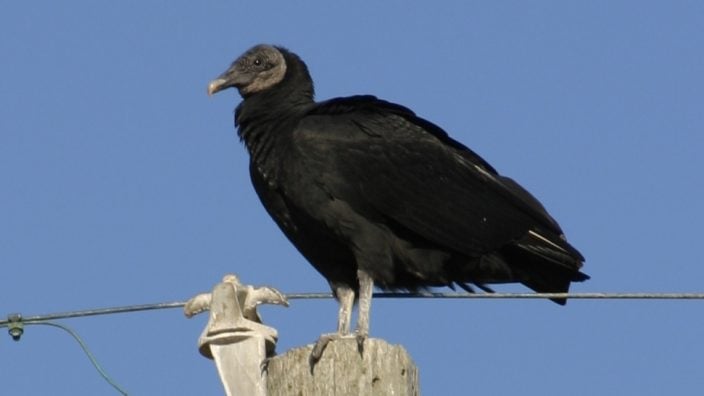No Mega Site, No Sewers, Keep It Rural
A statement from Lorain County Farm Bureau Board of Trustees: No Mega Site, No Sewer, Keep It Rural
Read MoreApproved applicants will be allowed to remove up to 10 birds, which will be determined after consultation with USDA Wildlife Services.
Editor’s note: This article was updated Feb. 27, 2025.
The black vulture population has increased in Ohio in recent years. These birds, which have a dark gray head and can be aggressive, should not be confused with the larger, less aggressive red-headed, turkey vulture.
“Black vultures are an extremely aggressive predator,” said Roger High, director of livestock with Ohio Farm Bureau. “They come into livestock farms of all types and attack the newborn animals and are very destructive.”
While black vultures can be extremely detrimental to livestock producers, these birds remain important to conservation and agriculture resources by cleaning up animal carcasses from the ecosystem. As migratory birds, black vultures are federally protected by the Migratory Bird Treaty Act, state laws and regulations, which means they can’t be killed or destroyed without a U.S. Fish and Wildlife Services Migratory Bird Depredation permit.
As a way to streamline the permitting process, the Ohio Department of Natural Resources has obtained a statewide depredation permit for black vultures from the U.S. Fish and Wildlife Service. ODNR will work with USDA Wildlife Services to issue sub-permits to livestock producers who are experiencing issues with black vultures. These sub-permits cover commercial livestock, including cattle, horses, sheep, goats and swine and are free to livestock producers.
“As these birds continue to migrate further into Ohio, we are hearing more and more from our members about the devastation these birds are causing,” High said. “These improvements match much of Ohio Farm Bureau’s policy on black vultures. We have been involved in many conversations with these agencies about this issue, so we appreciate the efforts being made for farmers across Ohio.”
Approved applicants will be allowed to remove up to 10 birds, which will be determined after consultation with USDA Wildlife Services. Applicants must agree to follow all rules and regulations required by USFWS in the ODNR statewide permit. The sub-permit is free of charge and requires almost no paperwork for the livestock producer.
Livestock producers should contact USDA Wildlife Services at 614-993-3444 or 1-866-4USDAWS for information on black vulture damage management.


A statement from Lorain County Farm Bureau Board of Trustees: No Mega Site, No Sewer, Keep It Rural
Read More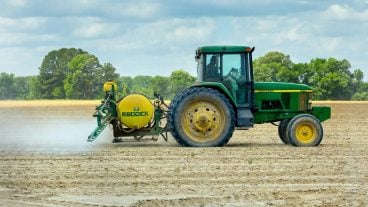
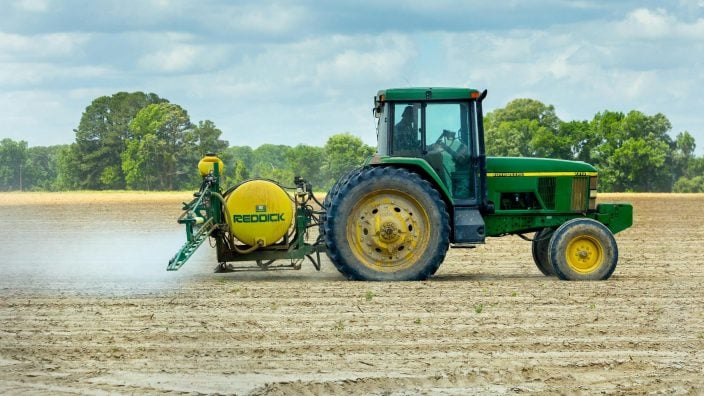
HB 10 ensures transparency around how imitation meat is labeled, along with restoring needed flexibility around the application of crop protection tools.
Read More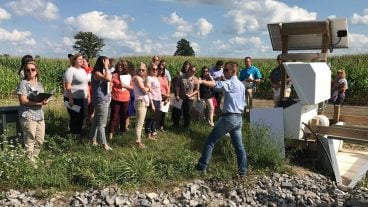
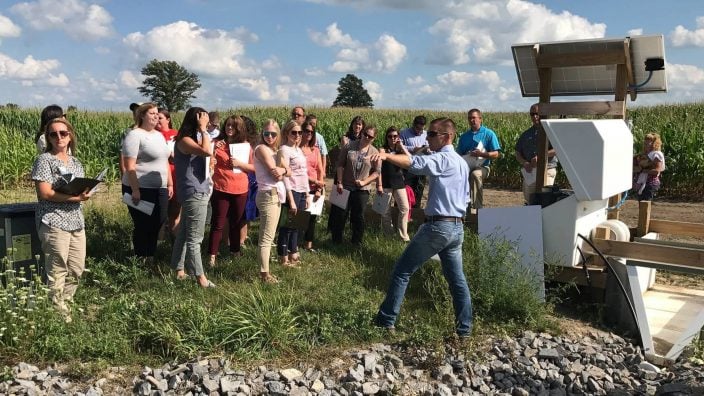
The network was established in fall 2015 on farms in Hardin and Hancock counties. Nearly 200 different tours and events took place on the three farms totaling nearly 4,000 visitors in its 10-year span.
Read More

Urge President Trump and Congress to act before the end of 2025 to provide immediate relief and long-term stability for America’s farmers and ranchers.
Read More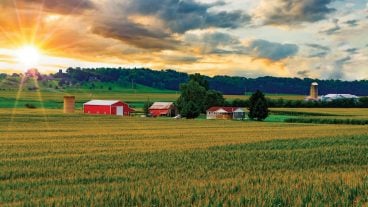
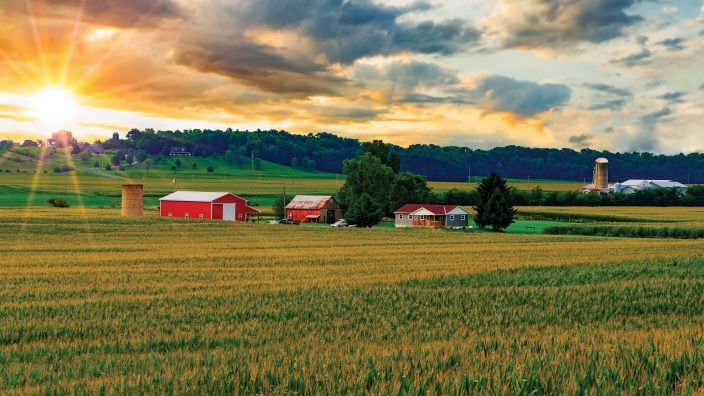
OFBF annual meeting delegates will discuss how or if current Farm Bureau policy should be modified in light of various property tax proposals.
Read More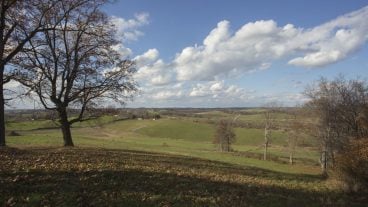
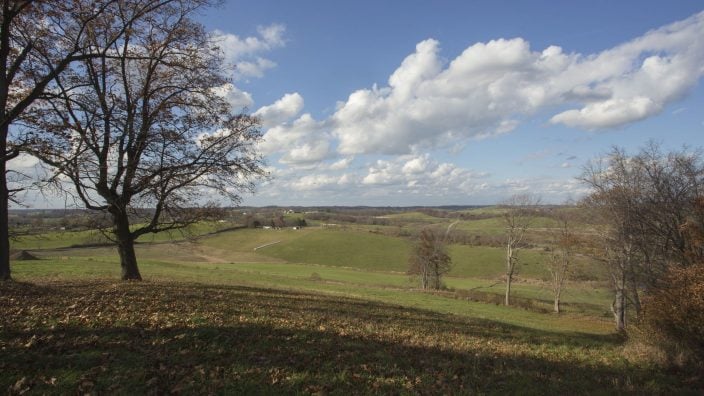
Statewide, property taxes annually collect approximately $22 billion. Approximately ⅗ of property taxes are used to fund schools, while the remainder funds other local entities.
Read More
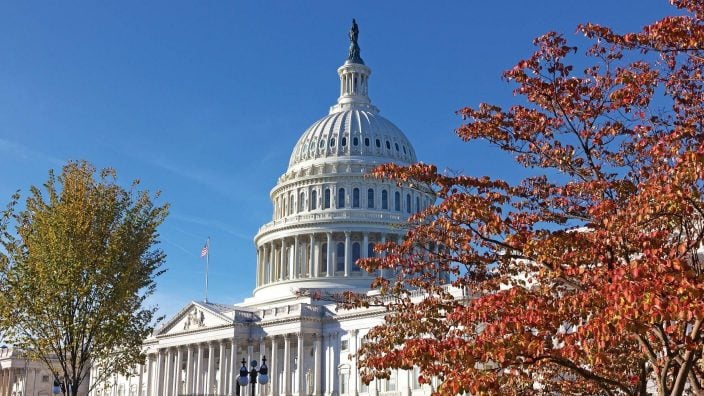
A proposal to import beef from Argentina comes on top of the government shutdown and ongoing economic pressures facing agriculture.
Read More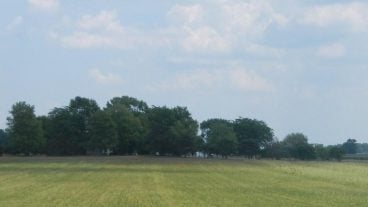
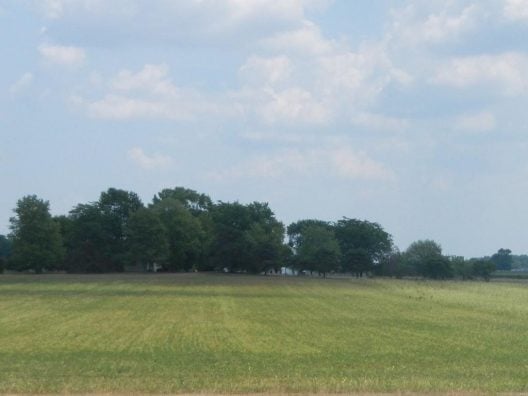
It is important that the questions detailed and the full scope of the project are made clear to landowners.
Read More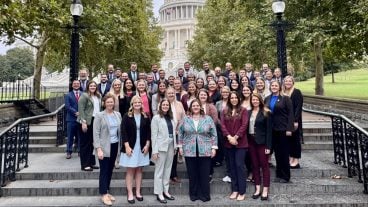

Young ag professionals and AgriPOWER Class XV are in Washington, D.C. Sept. 9-11.
Read More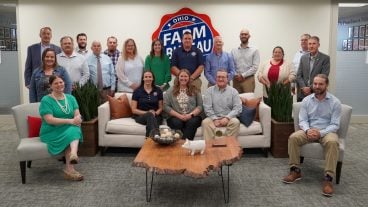
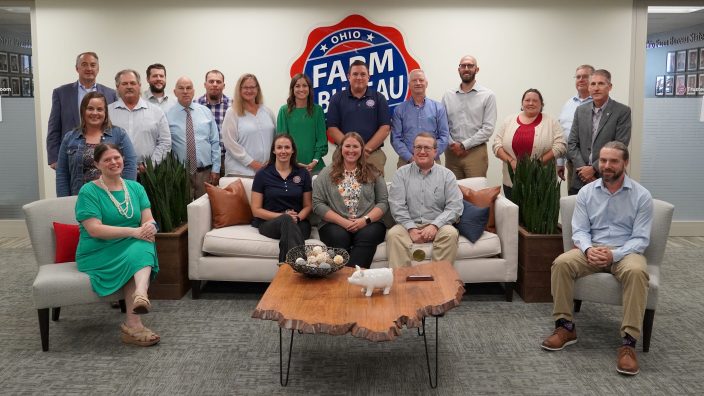
The committee collects and organizes public policy recommendations from county Farm Bureaus and presents the final policy suggestions to be voted on by Ohio Farm Bureau delegates.
Read More